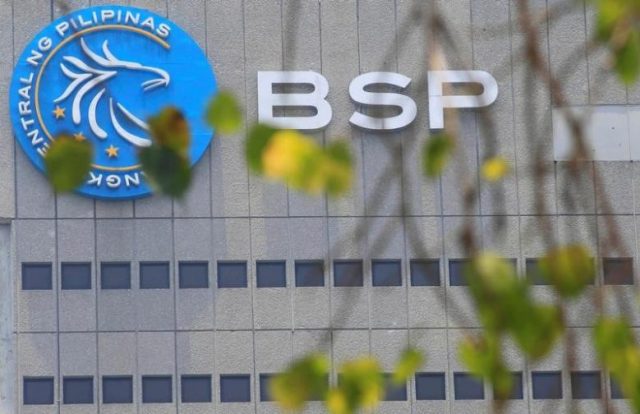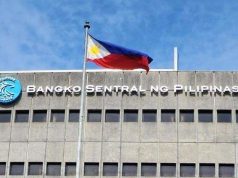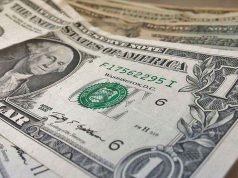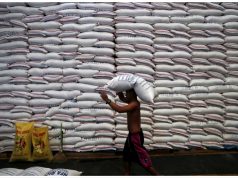
MANILA – The Philippines will maintain a modest current account deficit that is unlikely to hit alarming levels, with the component trade gap expected to “correct” in the next few years despite imports’ surge, officials of the Bangko Sentral ng Pilipinas (BSP) said.
BSP Governor Nestor A. Espenilla, Jr. allayed persistent concerns about a ballooning deficit in the country’s external payments position, saying that such worries should not weigh on the Philippine economy.
“[W]hat we need to take a look at, as it is, we are not talking about a blow-away current account deficit. The current account deficit today is much lower than one percent of GDP (gross domestic product), and we have no intention to see the current account deficit go higher than one percent of GDP,” Mr. Espenilla said at a forum hosted by the Economic Journalists Association of the Philippines on Friday.
The current account measures money flows from goods and services trade. A deficit means more funds from goods and service trading left the country than entered in a particular period.
The Philippines posted a $318-million current account deficit in the first quarter, equivalent to 0.4% of GDP.
The central bank expects the full-year balance to settle at a $600-million deficit equivalent to 0.2% of GDP — the biggest in 15 years – amid heavy importation of raw materials and capital goods as the Philippine government kicks off its ambitious P8.44-trillion five-year infrastructure spending program.
If realized, this would turn around from the $601-million surplus actually recorded in 2016.
Mr. Espenilla dismissed concerns about the increasing trade gap, stressing that it was natural for a developing economy to spend more in order to “accelerate investment ambitions.”
‘WE SHOULDN’T BE IN TROUBLE’
“What’s behind it is ramping up of investments. These investments, properly executed, should enlarge our productive capacity and our ability to export and produce goods and services,” the BSP chief said.
“So long as these investments are good investments, we shouldn’t be in trouble. The situation should remain very manageable,” Mr. Espenilla assured, adding that the current account should correct itself over time.
BSP Managing Director Francisco G. Dakila, Jr. said separately that the current account would be worrisome if the gap stretches to an equivalent of 3-4% of GDP.
“It’s probably just because the mindset is that, for quite some time, we had been experiencing the current account surplus, so the shift to a current account deficit is something which is quite new,” Mr. Dakila said during a roundtable discussion with reporters.
Analysts have said that the Philippines’ vanishing current account surplus has significantly weighed on sentiment towards the local currency, adding to external developments and geopolitical tensions that turn investors away from emerging-market currencies and towards the dollar as safe haven.
The peso traded at 11-year-lows earlier this month to settle at the P51 level versus the greenback. Year-to-date, the local unit has depreciated by 2.74%.








